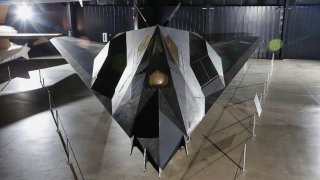F-117A Nighthawk Fighter Could Have Chance at Ultimate 'Comeback'
The U.S. Air Force faces a dilemma as its advanced but aging fleet, including the F-117 Nighthawk, is gradually retired. Despite being officially decommissioned in 2008, the Nighthawk has continued to serve in classified testing, highlighting its enduring value.
Summary and Key Points You Need to Know: Despite being officially retired in 2008, the U.S. Air Force’s F-117A Nighthawk stealth fighter remains a viable asset due to its advanced technology and stealth capabilities.
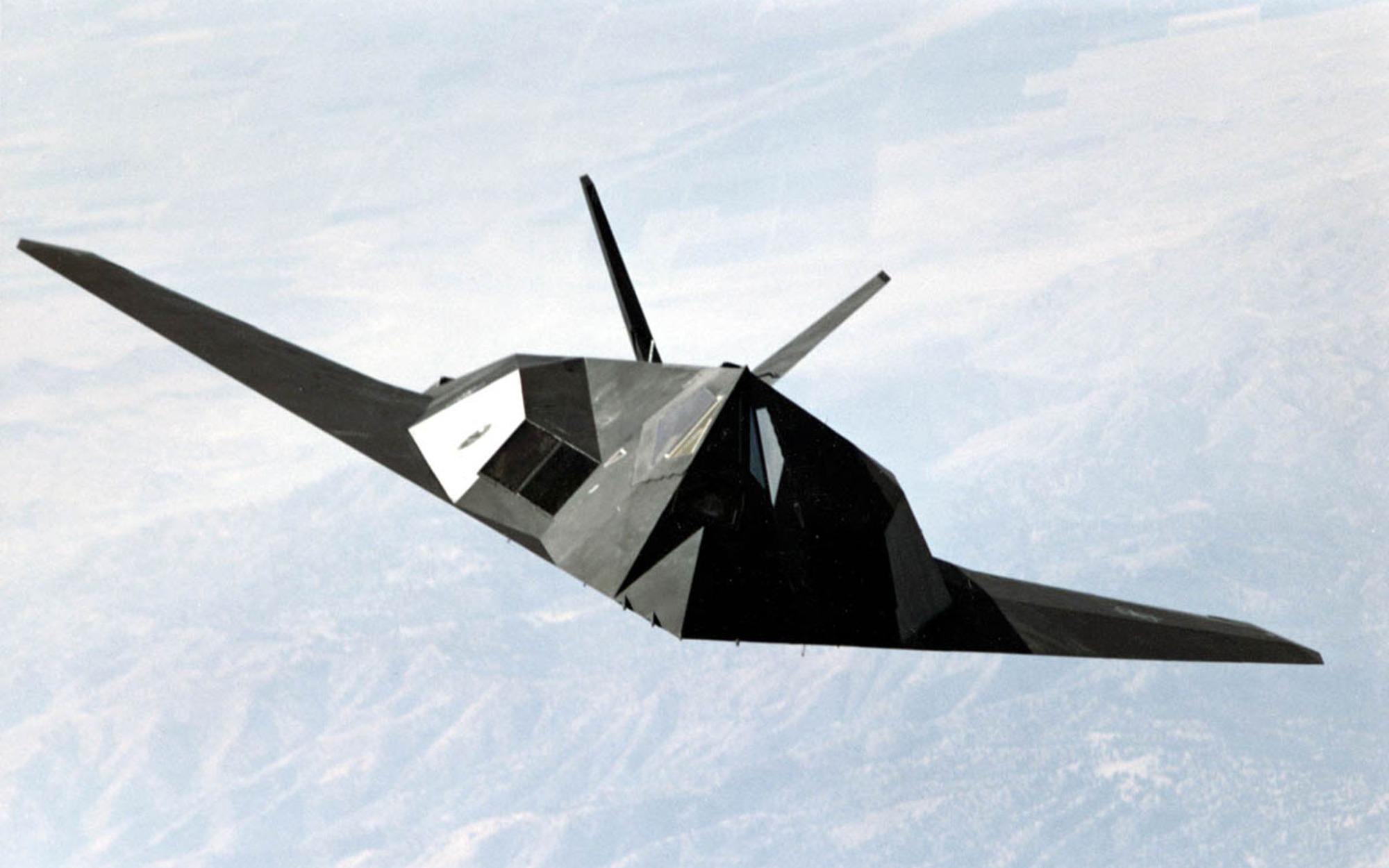
-With growing gaps in the Air Force's fleet, particularly as aging warplanes like the B-2 Spirit await their B-21 Raider replacements, there are calls to restore the Nighthawk to full operational capability.
-The Air Force has retained about 40 Nighthawks, utilizing them for testing purposes.
-Instead of focusing solely on costly next-generation warplanes like the NGAD, the Air Force could consider upgrading the F-117A to address current strategic needs.
Why the U.S. Air Force Still Needs the Retired F-117A Nighthawk
The U.S. Air Force has a significant problem on its hands. America’s air branch has invested gobs of tax dollars on equipment and systems that are complex and expensive. Their current warplanes are being retired or rendered obsolete by new technologies at such alarming rates that the Air Force cannot replace them.
It’s Not (Quite) Over for the F-117A Nighthawk
One of the Air Force’s most important advantages is that its warplanes possess stealth capabilities that many of America’s rivals still can’t match. Indeed, for decades, the Air Force has proudly operated multiple versions of stealth bombers and warplanes such as the B-2 Spirit and the F-117 Nighthawk. But their cost and age have prompted the Air Force to begin retiring these planes.
Yet the Nighthawk, which was officially retired from service way back in 2008, just won’t stay down.
Since its official retirement, the Air Force has pulled the Nighthawk back into service on various occasions. No, it wasn’t sent to fight in any of America’s ongoing wars, but it was used for classified testing purposes. One can only assume that the various systems the Air Force has been developing to enhance the stealth capabilities of its newest platforms or sensors that can detect stealth planes were being tested against the F-117.
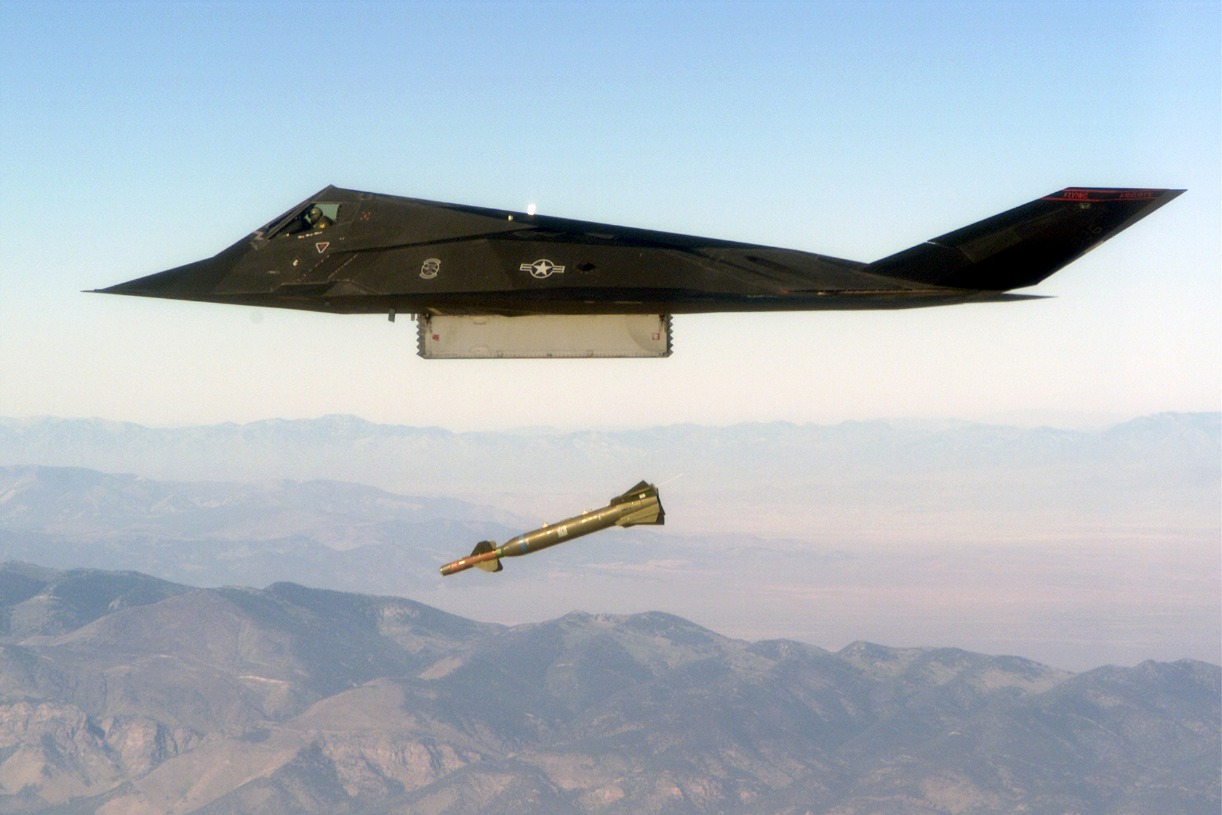
In 2017, Congress permitted the Air Force to begin disposing of its F-117 Nighthawk fleet to the tune of four airframes per year. Per Congressional mandate, the Air Force could either send these airframes to the scrapyard or to museums.
By 2022, however, the Air Force altered its decommissioning plan for the Nighthawk fleet. They took it down from four to two, maybe three disposals per year. The War Zone reports that the “exact status of the Air Force’s current remaining F-117A inventory, including how many are still flying, is unclear. As of 2019, the service said it still has 51 jets in its possession and then said the following year that at least 12 had been specifically set aside to go to various museums.”
But for these platforms to make their way for public viewing at museums, a rigorous, time-consuming process of modification must be undertaken to remove the classified systems embedded within the aircraft.
If Nighthawks are still so advanced that they must be rigorously decommissioned, should they really be retired?
Would America’s air warfare capabilities be better served by simply modifying these birds to better withstand the evolving and complex nature of modern warfare?
The F-117 Nighthawk is Still Ready for War
Given that the Air Force has been warning of a severe gap forming in their capabilities as planes are retired, might it be necessary to restore the Nighthawk to fighting prowess, at least until newer systems are available in sufficient numbers?
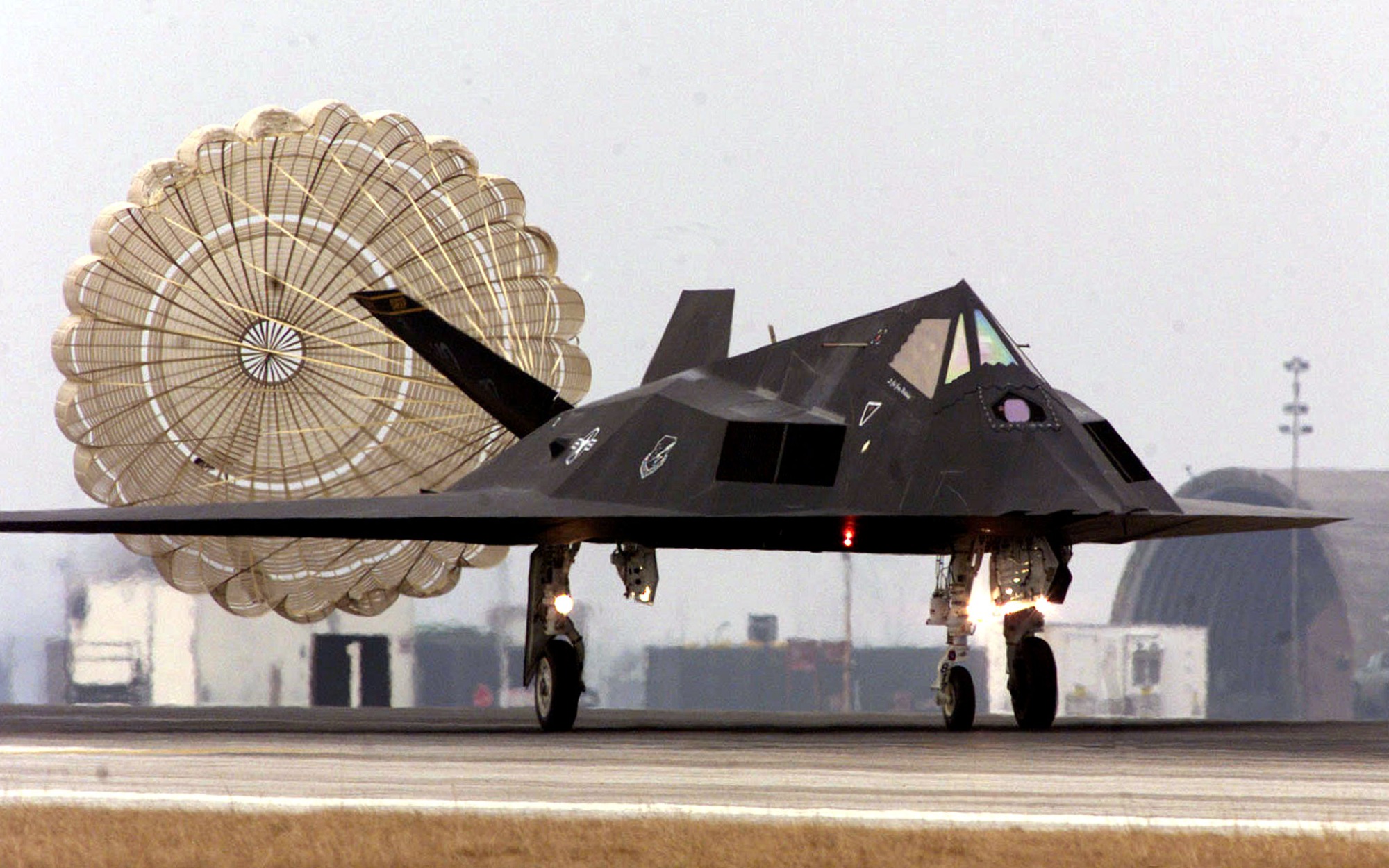
That should probably be considered, given the strategic liabilities taking shape.
For example, the B-2 Spirit stealth bomber’s replacement, the B-21 Raider, is unlikely to be available in the necessary numbers anytime soon. B-2s are already far too few in number. If retired as planned, they will leave a gaping hole in the Air Force’s capabilities. Without a long-range stealth bomber at the ready, critical functions of the Air Force’s arsenal will be degraded to the point of being combat-ineffective.
And in the current unstable geopolitical environment, that’s the last thing any country should want for its air force.
Bring the F-117A Nighthawk Back to Full Operational Capability
The Air Force has been very coy about why they have kept some 40 Nighthawks around, 16 years after they were officially retired.
Rather than spending gobs of money on fanciful next-generation warplanes, such as the Air Force’s egregiously expensive Next Generation Air Dominance (or NGAD), why not simply spend a fraction of that money augmenting the F-117 Nighthawk? Make it into a stealthy drone-ferrying warbird, just as the Air Force wants to do with its proposed sixth-generation warplane.
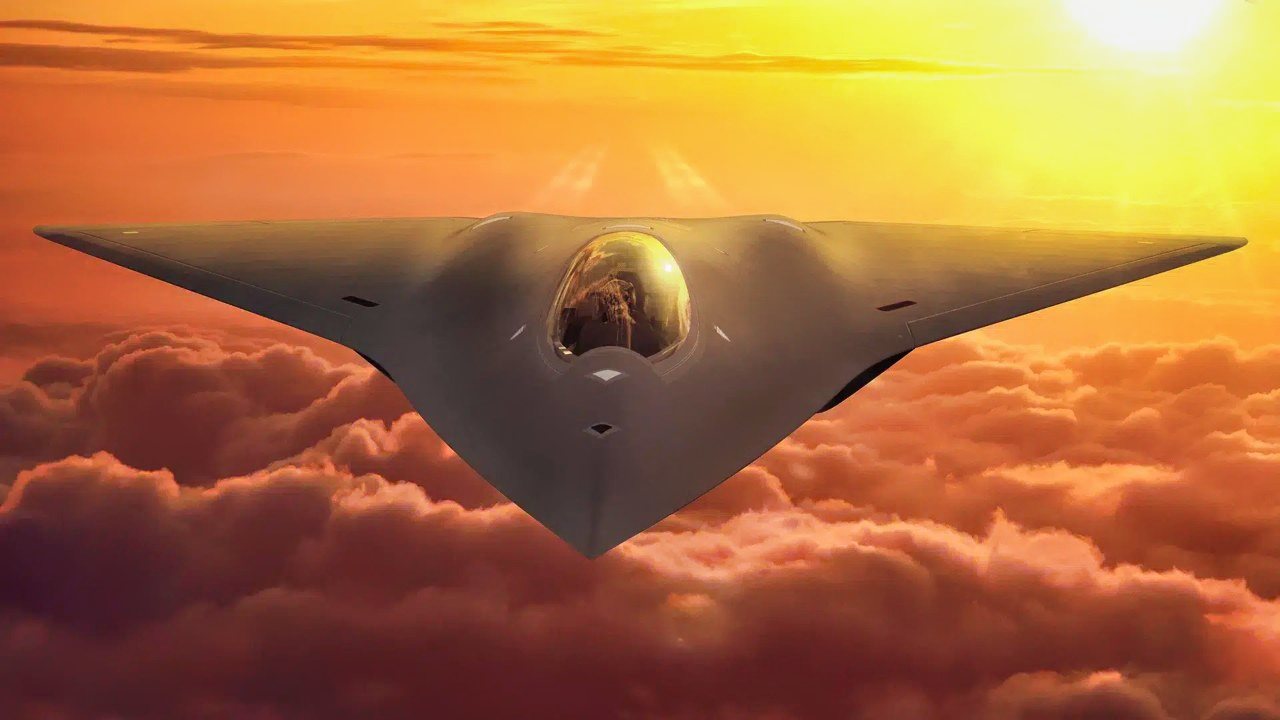
Author Experience and Expertise: Brandon J. Weichert
Brandon J. Weichert, a National Interest national security analyst, is a former Congressional staffer and geopolitical analyst who is a contributor at The Washington Times, the Asia Times, and The-Pipeline. He is the author of Winning Space: How America Remains a Superpower, Biohacked: China’s Race to Control Life, and The Shadow War: Iran’s Quest for Supremacy. His next book, A Disaster of Our Own Making: How the West Lost Ukraine, is due October 22 from Encounter Books. Weichert can be followed via Twitter @WeTheBrandon.
All images are Creative Commons or Shutterstock.
From the Vault
Russia Freaked Out: Why the U.S. Navy 'Unretired' the Iowa-Class Battleships
Battleship vs. Battlecruiser: Iowa-Class vs. Russia's Kirov-Class (Who Wins?)


